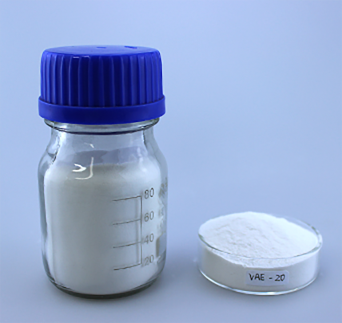
نومبر . 28, 2024 04:03 Back to list
Exploring the Applications and Benefits of Cellulose Ethers in Various Industries
Understanding Cellulose Ethers Structure, Properties, and Applications
Cellulose ethers are derivatives of cellulose, a natural polymer that forms the cell walls of plants. They are produced through the chemical modification of cellulose and have gained significant attention in various industries due to their unique properties and versatility. In this article, we will explore the structure, properties, and applications of cellulose ethers, shedding light on their importance in modern materials science and consumer products.
Structure of Cellulose Ethers
The fundamental structure of cellulose consists of linear chains of glucose units linked by β-1,4-glycosidic bonds. When cellulose is chemically modified by the reaction with etherifying agents, such as alkyl halides or anhydrides, the hydroxyl groups on the glucose units are replaced by ether groups (–O–R). This substitution can vary widely, leading to a range of products known as cellulose ethers, including methyl cellulose, ethyl cellulose, hydroxypropyl cellulose, and carboxymethyl cellulose. Each type of cellulose ether is characterized by its specific degree of substitution (DS), which defines the number of hydroxyl groups replaced by ether groups and consequently influences its solubility and properties.
Properties of Cellulose Ethers
Cellulose ethers possess several advantageous properties that make them valuable in numerous applications
1. Solubility Depending on their chemical structure, cellulose ethers can be soluble in water or organic solvents. For example, methyl cellulose is soluble in cold water and forms a gel upon heating, while hydroxypropyl cellulose is soluble in both water and alcohol. This solubility versatility allows cellulose ethers to be used in a variety of formulations.
2. Thickening and Gelling Agents They are excellent thickening agents, used in food products, cosmetics, and pharmaceuticals. The ability to form gels at specific temperatures and concentrations provides functionality in products such as sauces, creams, and ointments.
3. Film-Forming Properties Cellulose ethers can form thin films upon evaporation, making them useful in coatings, adhesives, and packaging materials. Their film-forming ability is particularly significant in protecting sensitive formulations from moisture and oxygen.
cellulose ether

4. Biocompatibility and Non-Toxicity As they are derived from natural cellulose, cellulose ethers are generally regarded as safe for use in food and pharmaceutical applications. They are non-toxic and biodegradable, which adds to their appeal in environmentally conscious formulations.
Applications of Cellulose Ethers
Given their unique properties, cellulose ethers find applications across various sectors
- Food Industry Cellulose ethers are widely used as stabilizers, emulsifiers, and thickening agents in a range of food products, including ice creams, sauces, and salad dressings. They help improve texture and mouthfeel, enhancing the overall flavor experience.
- Pharmaceuticals In the pharmaceutical sector, cellulose ethers serve as excipients in drug formulations. They can control the release of active ingredients in tablets and capsules, improving bioavailability and therapeutic effectiveness.
- Cosmetics and Personal Care These compounds are popular in cosmetic formulations, where they function as thickening agents, stabilizers, and moisture-retaining agents. They enhance the texture of creams and lotions while providing a smooth application on the skin.
- Construction Materials In the construction industry, cellulose ethers are utilized in cement and mortar formulations to improve workability, water retention, and adhesion properties. They contribute to the durability and performance of construction materials.
Conclusion
Cellulose ethers stand out as versatile materials that bridge the gap between natural and synthetic polymers. Their unique properties empower their use in a multitude of applications, from food and pharmaceuticals to cosmetics and construction. As ongoing research continues to unravel new potential uses and improve manufacturing processes, cellulose ethers are likely to play an integral role in the development of innovative products that meet the demands of contemporary society. With their blend of functionality, safety, and environmental compatibility, cellulose ethers are undoubtedly a vital component of modern materials science.
-
The Widespread Application of Redispersible Powder in Construction and Building Materials
NewsMay.16,2025
-
The Widespread Application of Hpmc in the Detergent Industry
NewsMay.16,2025
-
The Main Applications of Hydroxyethyl Cellulose in Paints and Coatings
NewsMay.16,2025
-
Mortar Bonding Agent: the Key to Enhancing the Adhesion Between New and Old Mortar Layers and Between Mortar and Different Substrates
NewsMay.16,2025
-
HPMC: Application as a thickener and excipient
NewsMay.16,2025
-
Hec Cellulose Cellulose: Multi functional dispersants and high-efficiency thickeners
NewsMay.16,2025







